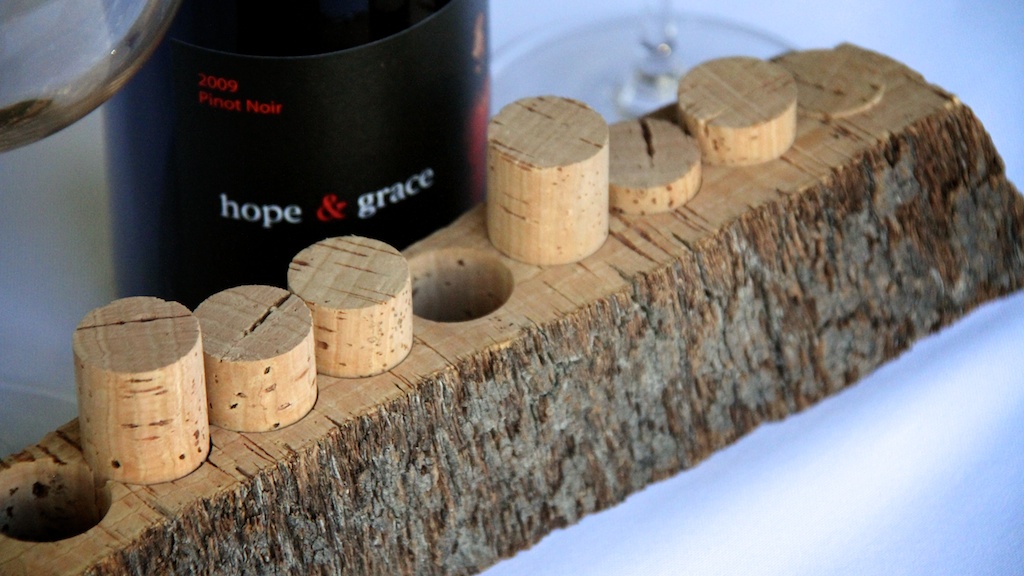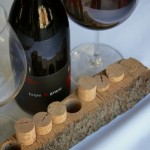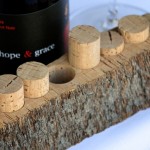Ever wonder about all those corks piling up in your kitchen, den, drawer, wherever? Where did they come from?
The illustrious cork has seen many permutations and uses over the millennia. One of the earliest discovered uses of the cork was in none other than a clay cask of wine in the 4th century BC in Italy. At that time cork also started “popping” up in literature.
We have the monk Dom Perignon in the 18th century to thank for the modern usage of a cork in glass bottles, as he started using it to replace wood stoppers for his now famous champagne.
Cork is a fantastic product, being resistant to rot, buoyant, nearly air impermeable , easily cut, and for a tree product, very sustainable. You see, the trees are not cut down. The above image is actually a piece of the bark of the Cork Oak tree that is pealed back (leaving the tree alive and ready for harvest every 10 or so years). Cork Oak trees can actually live to upwards of 300 years. The bark is then boiled to sanitize it and make it more pliable. Then the corks are cut straight from the piece of bark by hand leaving holes like our sample. The remaining bark as can be seen in the image is often ground up into bits and used in flooring, composite corks, sandals and other products. (Great illustrated guide to the process here)
So take those used corks, make a bulletin board or some other DIY out of them (30 great ideas for all your corks!) or take them to your local store or winery that can recycle them so they can happily seal another wonderful bottle of vino.


